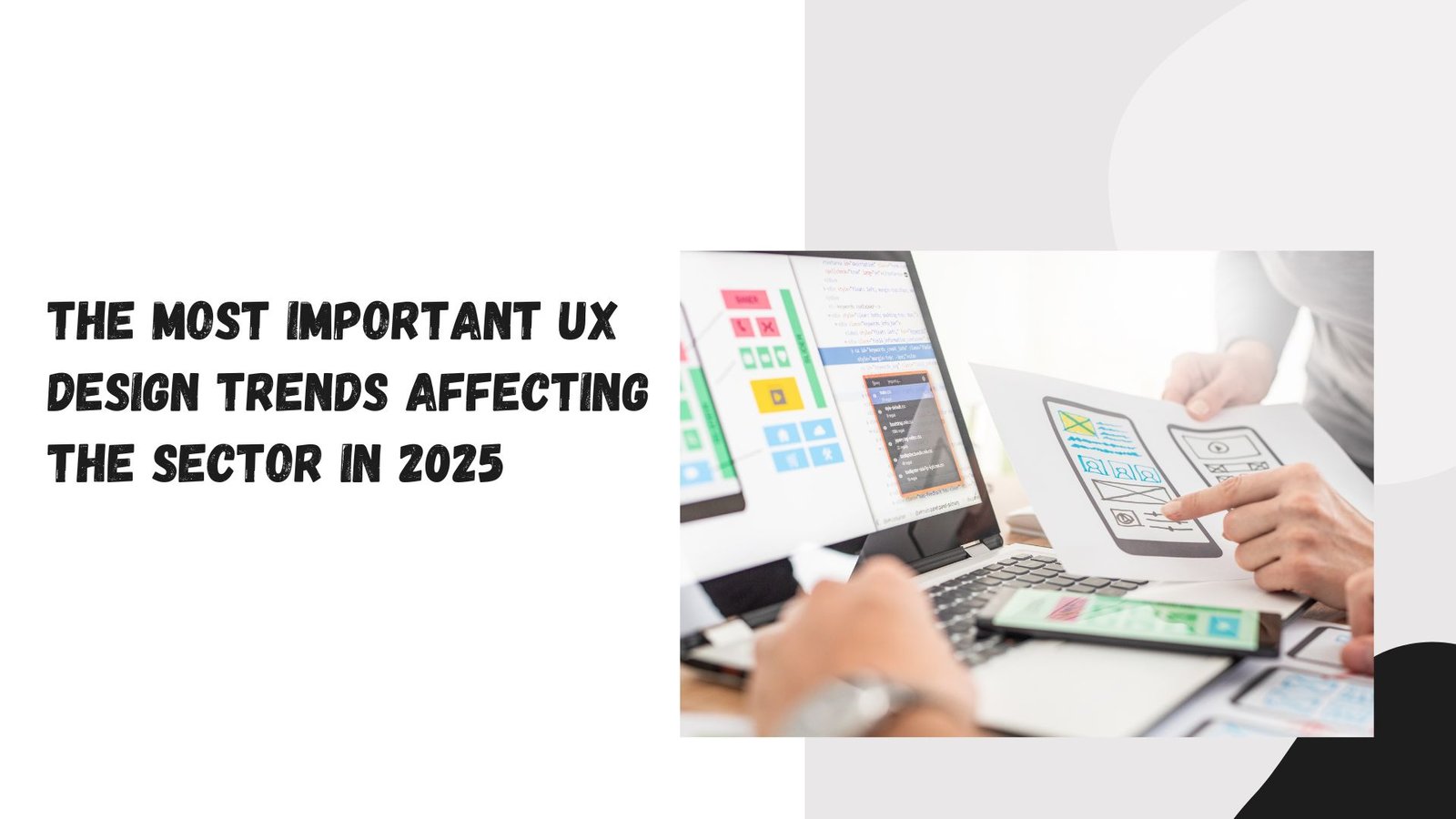UX design is one area where the rapid evolution of the digital realm is most noticeable. As 2025 approaches, the emphasis has firmly moved from just functional interfaces to highly immersive, ethical, and intimate encounters. Prepare to explore the most significant trends that are changing the way we use technology.
1. AI-Powered Personalization: The Era of “Me”
Forget one-size-fits-all. In 2025, AI and machine learning are the driving forces behind hyper-personalization, creating digital experiences that feel uniquely yours.
- Hyper-personalization on Steroids: AI analyzes your data, preferences, and even your mood to tailor interfaces, content, and layouts in real-time. Imagine a news app that knows exactly what you want to read, or an e-commerce site that recommends products based on your current context.
- Proactive UX (PX): We’re moving beyond reactive design. Interfaces will anticipate your needs, offering solutions before you even realize you have a problem. Think predictive text that’s genuinely helpful or smart assistants that suggest actions based on your routine.
- Data-Driven Design, Ethically Sound: AI empowers interfaces to learn and adapt from your behavior, but with a crucial caveat: ethical considerations. Transparency in data collection and ensuring user consent are paramount, building trust in these intelligent systems.
- Immersive Experiences: Stepping into the Digital World
Beyond flat screens, 2025 ushers in a new era of immersive interactions, blurring the lines between the physical and digital.
- AR/VR Takes Center Stage: Augmented Reality (AR) and Virtual Reality (VR) are no longer futuristic concepts; they’re becoming mainstream. Expect to see these technologies integrated into everything from virtual try-ons for online shopping to interactive learning environments and cinematic storytelling.
- The Rise of 3D Components: Static 2D designs are making way for rich, engaging 3D elements. These components enhance user engagement and create more realistic, tactile experiences that draw you deeper into the digital space.
- Immersive Scrolling: Prepare for journeys, not just scrolling. Designers are crafting cinematic and engaging content flows that transform simple navigation into an experience in itself.
- Ethical & Inclusive Design: Designing for Everyone
Accessibility is no longer an afterthought; it’s a fundamental principle. In 2025, the industry is prioritizing designs that are usable, equitable, and responsible for all.
- Accessibility as a Default: Products are now being designed with accessibility at their core, ensuring they are usable by everyone, regardless of ability. This includes features like robust screen reader compatibility, intuitive keyboard navigation, and thoughtful color contrast.
- Universal Design for Broader Reach: The philosophy of universal design designing for a wide range of users, including those with disabilities is gaining traction. This approach benefits everyone by creating more intuitive and adaptable products.
- Responsible Data and Privacy: Ethical considerations extend to responsible data collection and usage. Designers are keenly focused on ensuring user privacy and building trust by being transparent about how data is handled. Dark patterns and manipulative tactics are actively being combated.
- Other Key Trends Shaping UX in 2025:
Innovation doesn’t stop there. Several other trends are contributing to a more seamless, intuitive, and delightful user experience:
- Voice Interfaces: Voice is becoming an increasingly prominent mode of interaction, from sophisticated voice assistants that understand context to voice-activated controls that offer hands-free navigation.
- Micro-interactions & Motion Design: Subtle animations and delightful interactions are being leveraged to provide immediate feedback, guide users, and add a layer of personality and engagement to interfaces.



